loki100
Posts: 10920
Joined: 10/20/2012
From: Utlima Thule
Status: offline

|
T101-103: 20 May 1943 – 12 June 1943
The highly variable spring weather dominated military planning in the period from late May to mid-June. Among periods of rain and mud, at times the ground dried out to enable localised offensives.
In the south, late May saw a period of clear weather that allowed the Cavalry-Mechanised formations of North Caucasus Front (Coastal, 37 and 38 Armies) to over-run the sector held by Romanian and Italian formations. In what became known as the 'Mius gallop' a series of strong points were simply overwhelmed as a retreat escalated into a rout.


After five days, the Soviet mobile units pulled off the line allowing the Rifle Divisions of Trans-Caucasus Front to dig in on the east bank of the Mius. Rokossovsky was promoted for his role in this sudden victory.

In the north, the reality was much more grim. Spread out over a number of weeks, South-Western Front made 4 major attempts to storm Leningrad.

[1]

[2]


However, the main feature had been a major German withdrawal across the front from north of the Dombas to just east of Orel and to the gates of Novgorod.

However, the lull in combat operations was matched by intensive planning for the Soviet summer offensive. Unlike in 1942, this time the Red Army intended to press the advantage it had gained in the winter battles.
In addition, the fall out from the September 1942 disasters and the hard winter fighting had led to the emergence of a small elite cadre of formations supplied by a large bulk of rifle divisions. Stavka divided up the Fronts into one of three categories:
a) Elite – Kalinin, Western, South-Western, Voronezh. Each of these had very few non-Guards formations or contained the great bulk of the Soviet armoured might;
b) Mixed – North-Western, Volkhov, Bryansk, Southern, North-Caucasus, typically these had 2-3 elite armies but the balance was made up of regular rifle divisions;
c) Weak – Leningrad, Central, Steppe, no Gds formations, purely rifle divisions, many of low experience or morale. Useful for holding a defensive line but lacking any offensive capacity. In addition Volga MD retained operational control of the two armies that maintained the limited Soviet presence in the Crimea
In addition, the Stavka reserve (actually these report to either Volga or Moscow Mds) consisted of 4 artillery corps. These deployed around 15 artillery and rocket divisions and were allocated to support major operations.
At the moment, Steppe, North-Caucasus, Voronezh and Bryansk Fronts were all pulled back into reserve and each of the other fronts had detached formations to rest and recover. The main debate was the future use of South-Western Front. Its mix of elite Shock and Tank Armies made it a powerful force but it was wasted if it had to fight in the marshes and woods on the Luga-Pskov sector. Orders were sent for it to disengage from the attempt to take Leningrad and prepare to move back into the Ukraine. Its place would be taken by the freshly raised formations of Steppe Front.
Basically Stavka identified two plans that made use of the current location of the main offensive groupings. Which was chosen would be left till after the current front line was broken and the relative strengths of the German army identified. At the moment, it was clear that they had retained a substantial armoured reserve at Kursk. The primary goal was to reach a line from Velikie Luki to Smolensk and then the east bank of the Dneipr down into the Ukraine by the end of the summer.
New equipment was arriving.


(although increasingly outgunned by the new German tanks, the T-34/76 remained the core of the Soviet tank force)

And the VVS was able to deploy its most modern fighters and bombers at the forward airbases. Even the Yak-1, the mainstay of 1942, was now treated as a training aircraft and left in the rear bases in the Urals.


(The La-5F was now the main VVS fighter)
[1] With hindsight that first attack misled me. As a result I believed that if I could get very lucky (say 1/5) the city would fall. In truth it looks as if that first attack was the one in which everything went in my favour and the more usual outcome was to end with a 1-1 result.
[2] That cheered me up, as well as eliminate any real threat of a German breakout (Leningrad is screened to the south by two city hexes)
_____________________________
|
 Printable Version
Printable Version








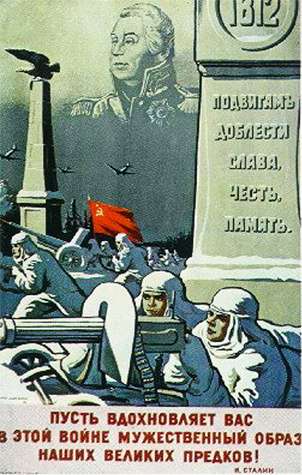
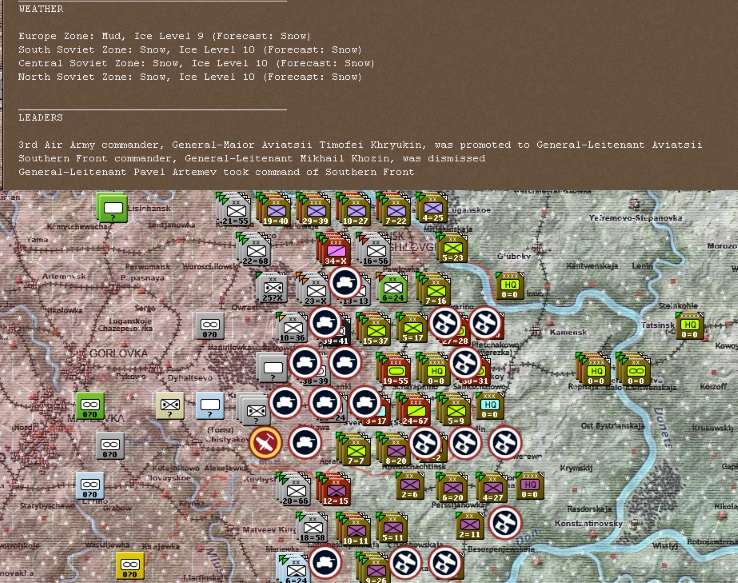
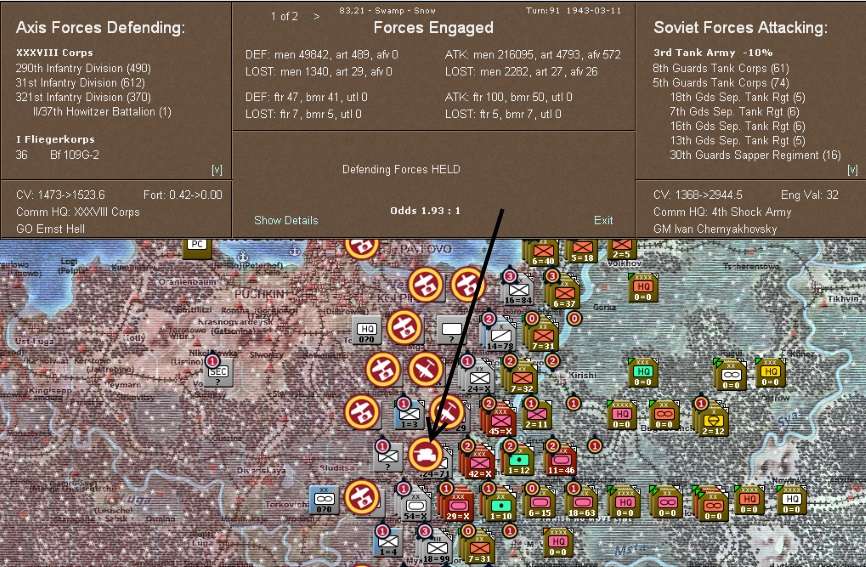
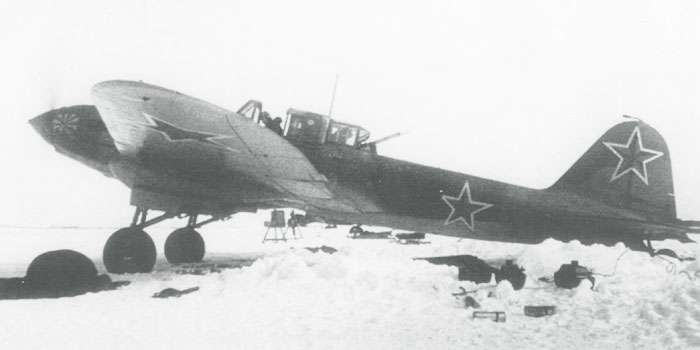
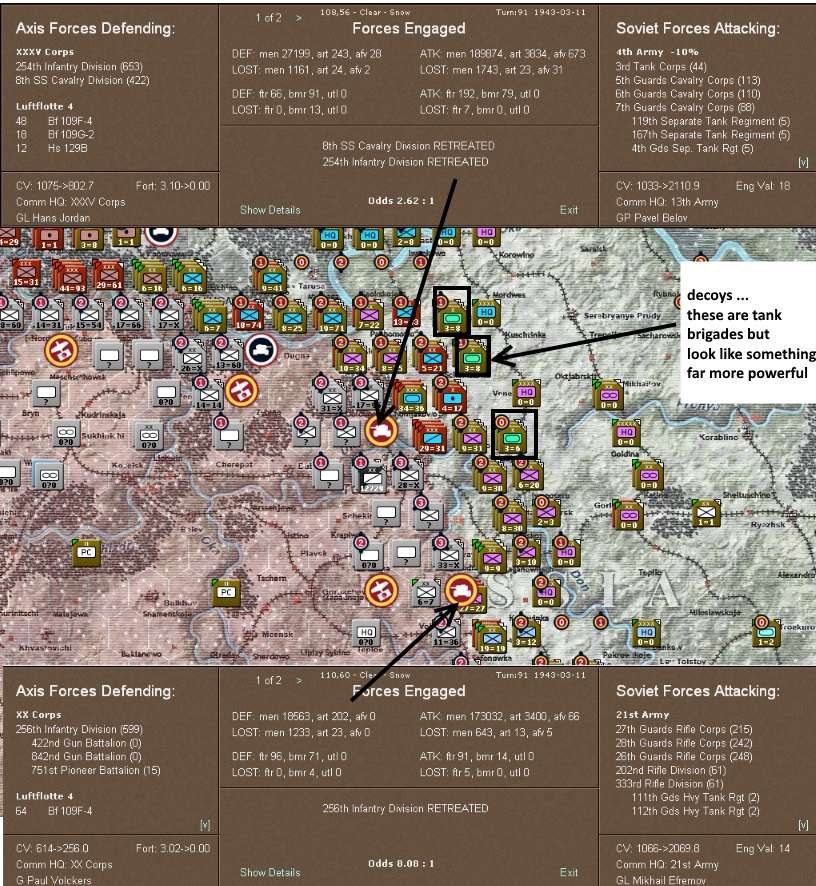
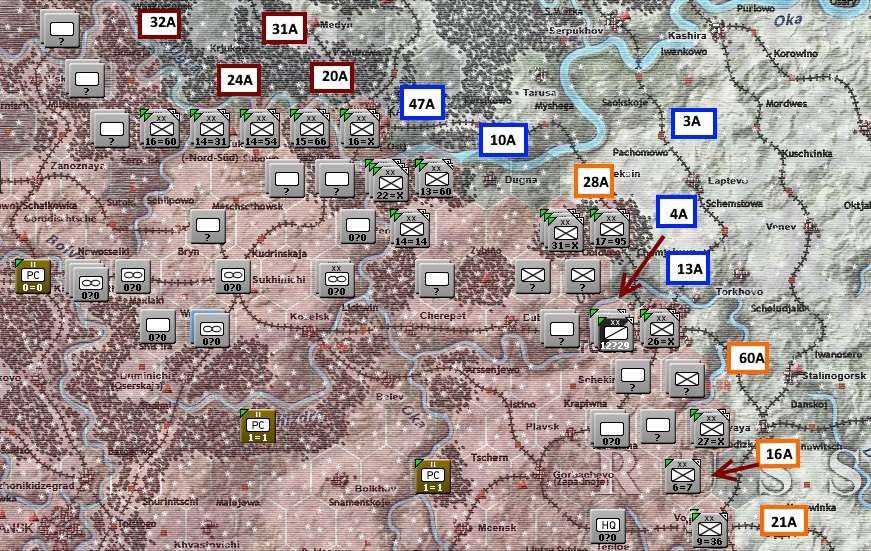
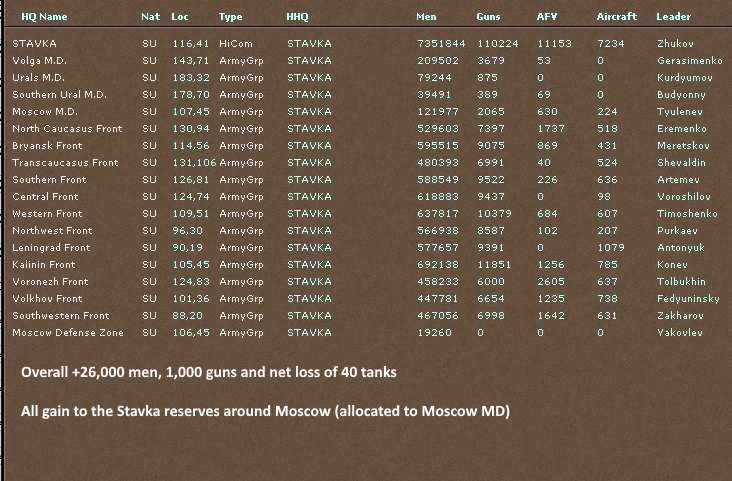
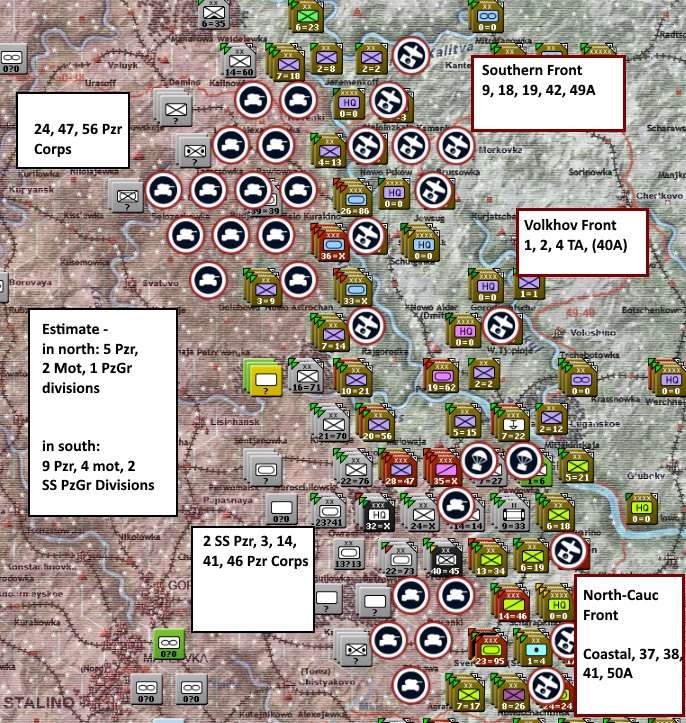
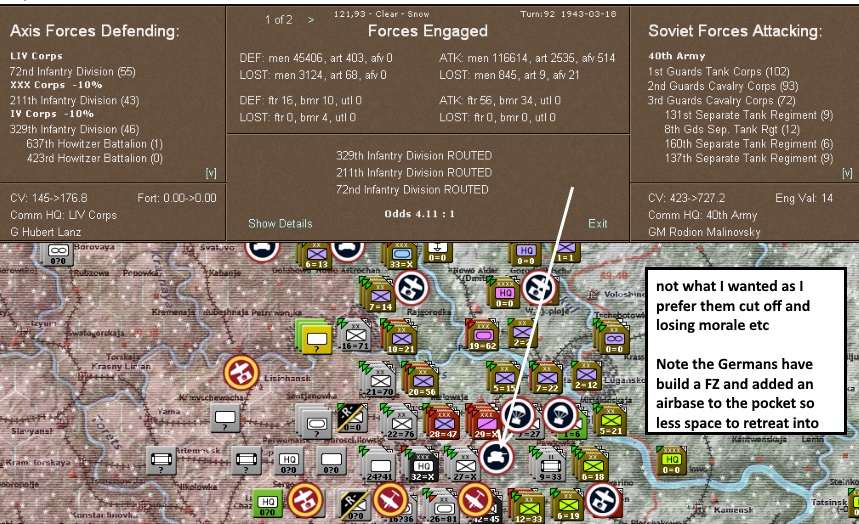

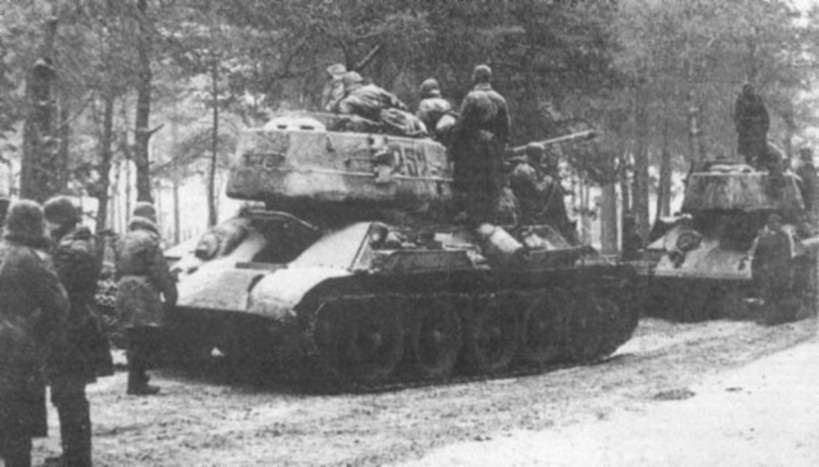
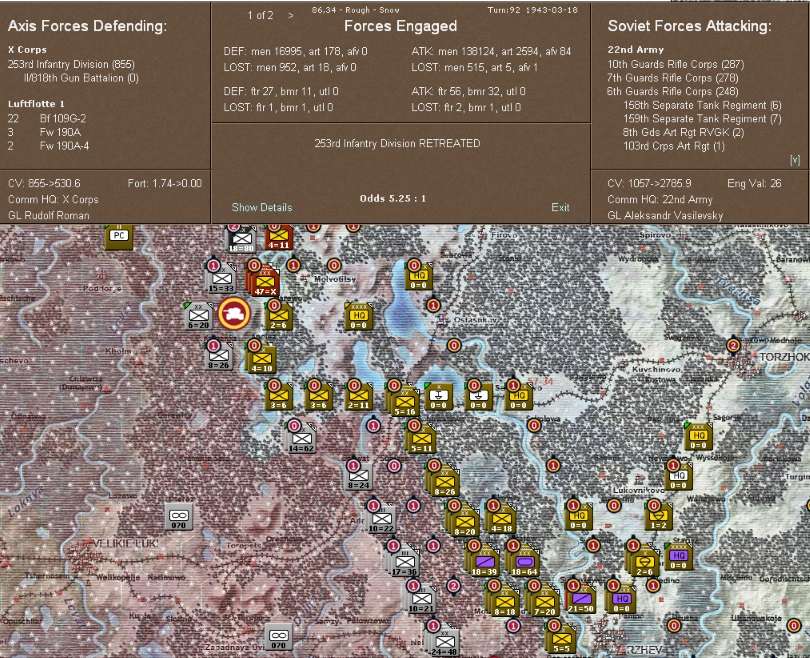
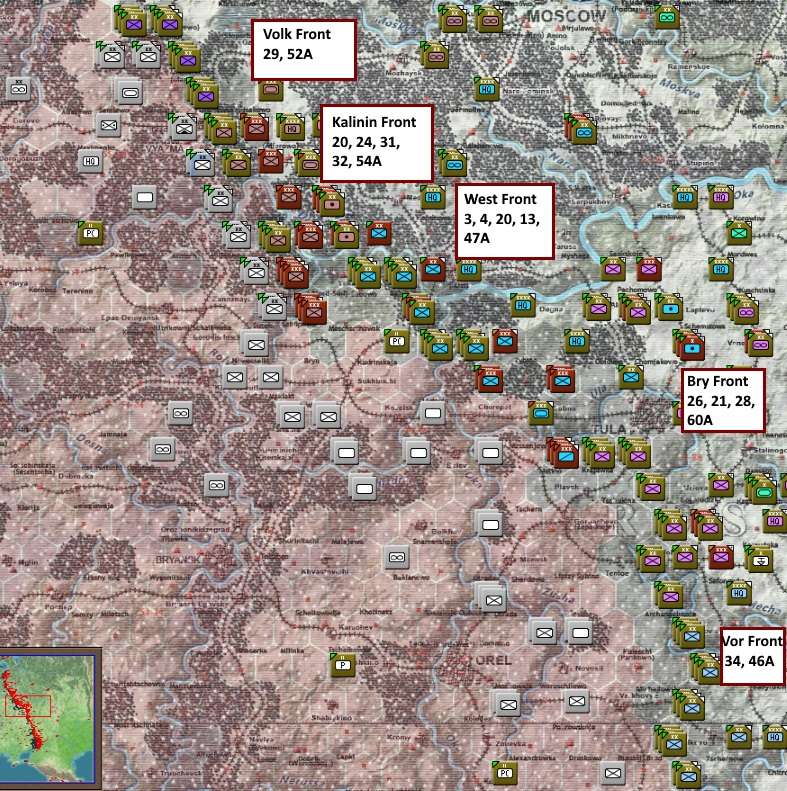
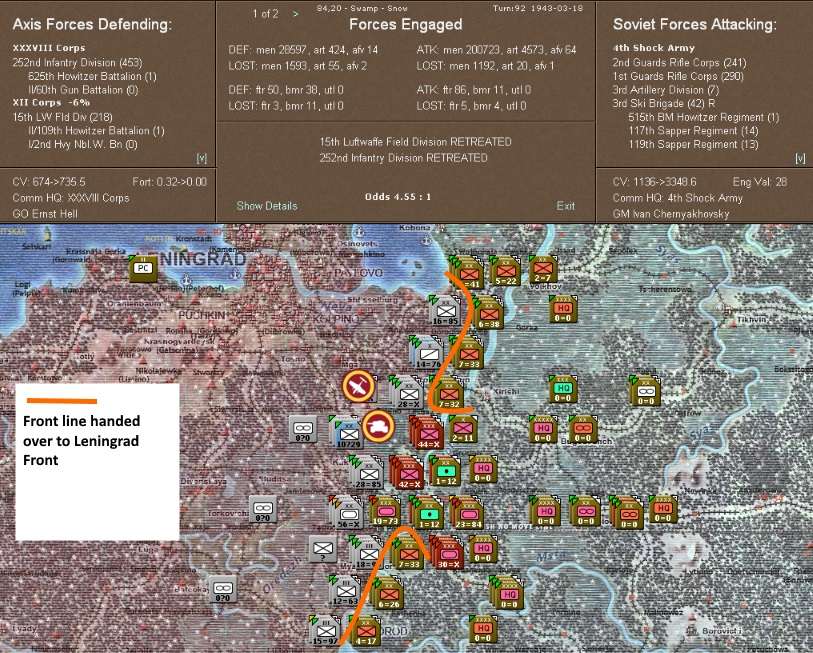
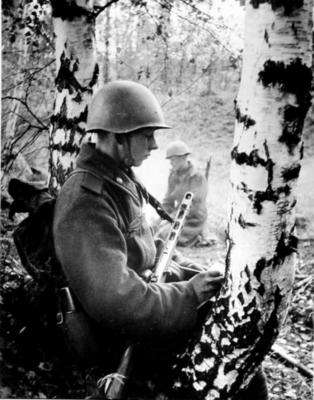

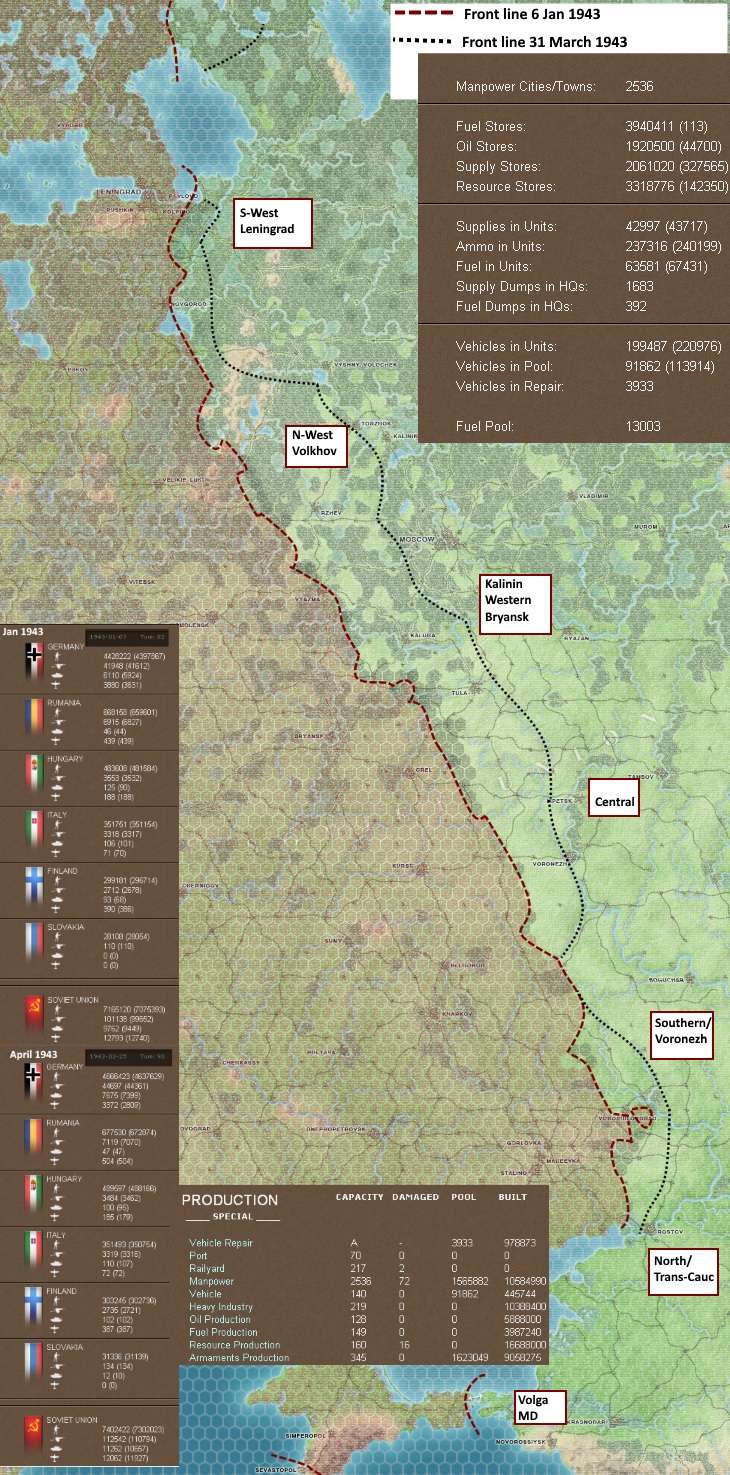
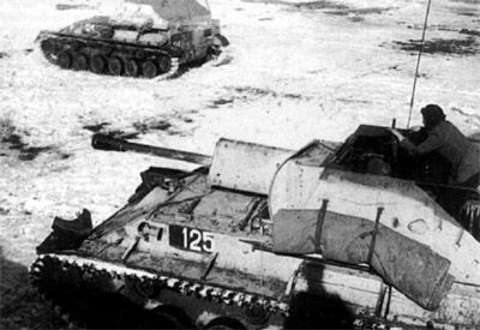
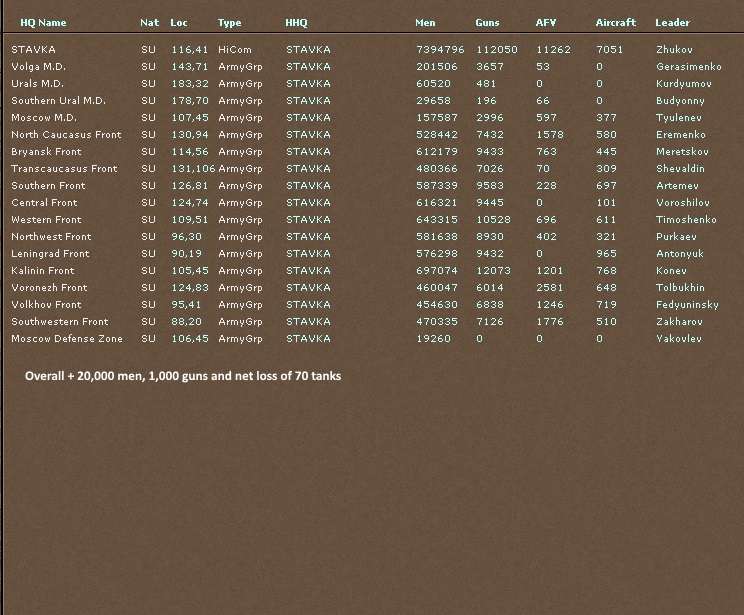
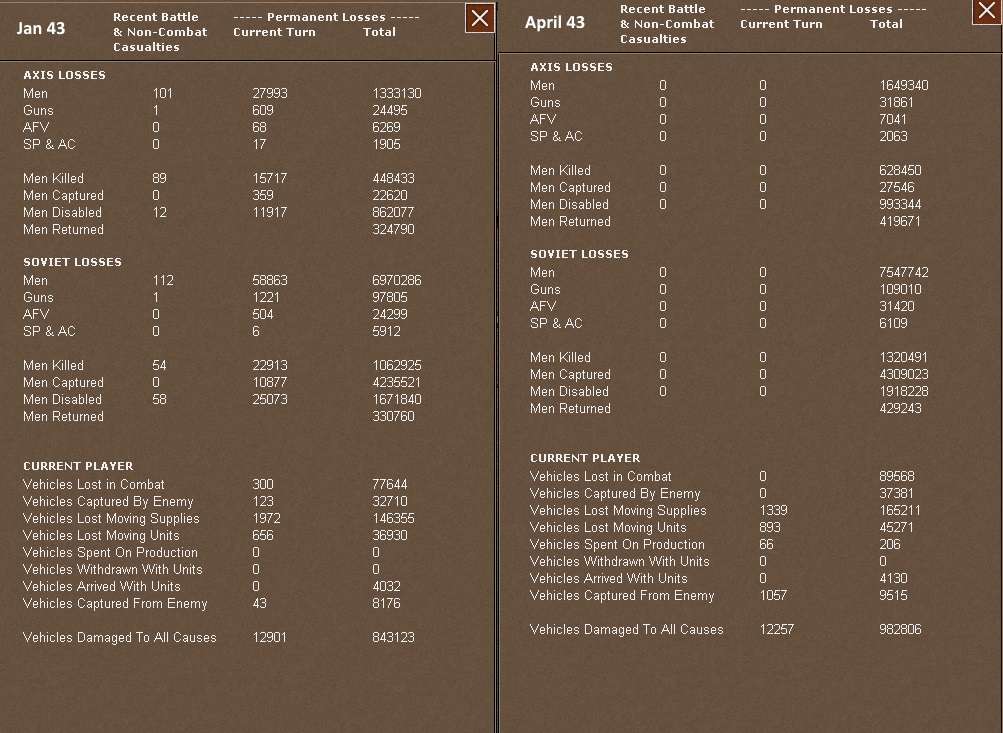






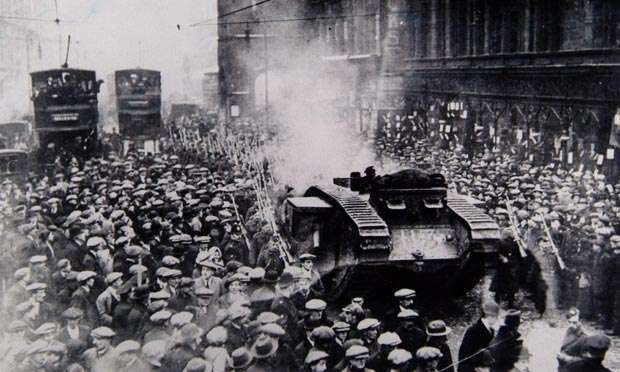


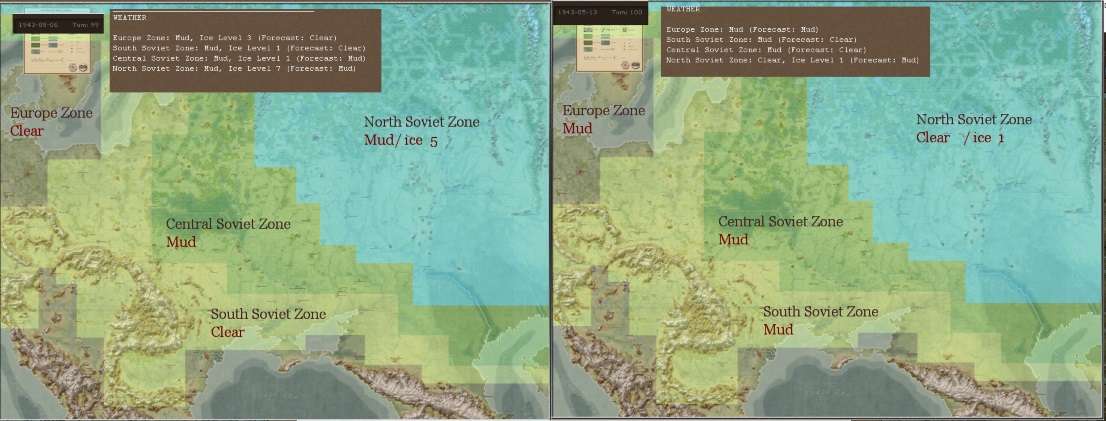
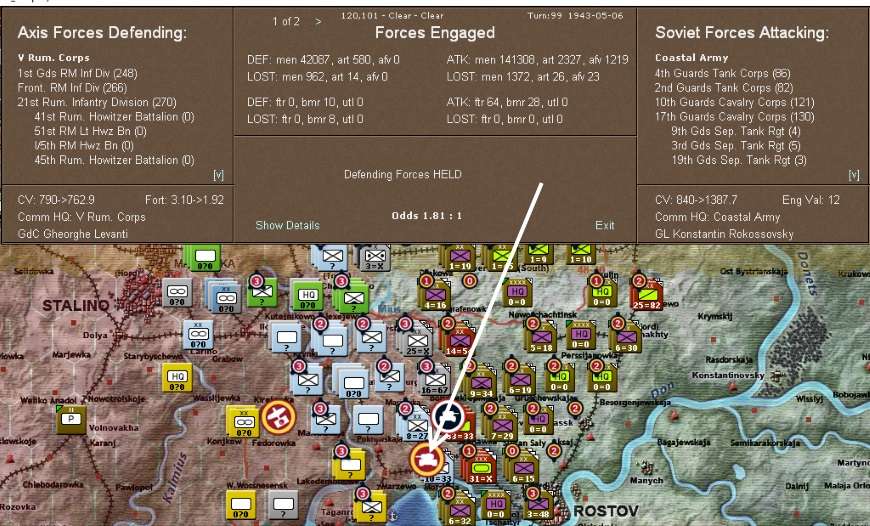
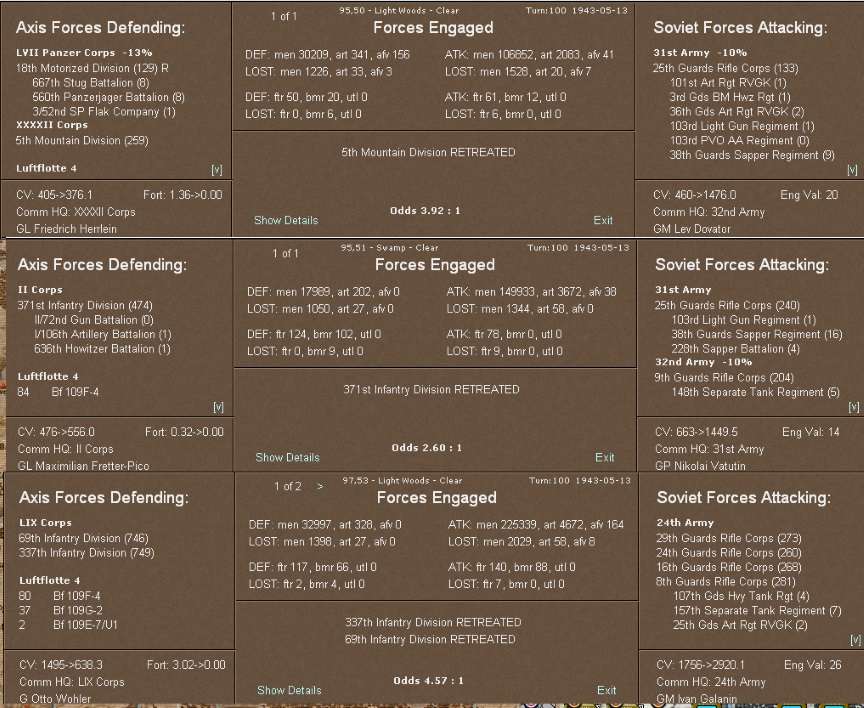
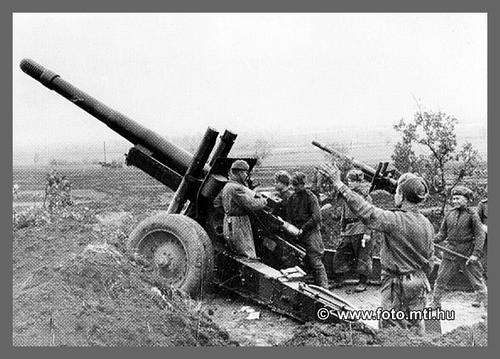


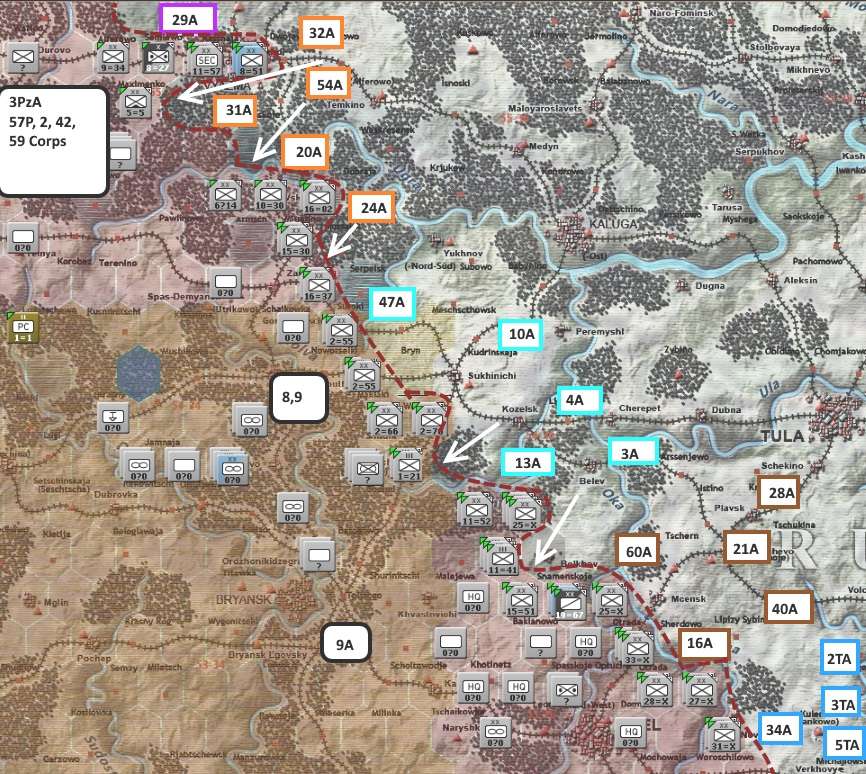
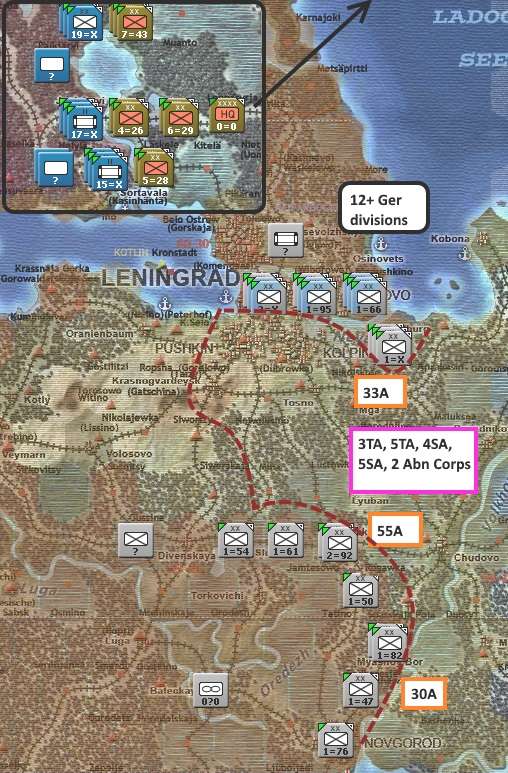
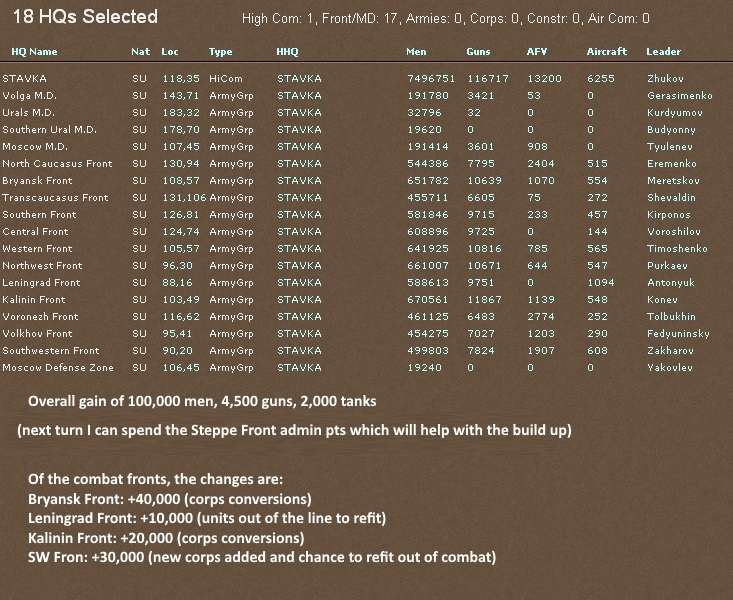
















 New Messages
New Messages No New Messages
No New Messages Hot Topic w/ New Messages
Hot Topic w/ New Messages Hot Topic w/o New Messages
Hot Topic w/o New Messages Locked w/ New Messages
Locked w/ New Messages Locked w/o New Messages
Locked w/o New Messages Post New Thread
Post New Thread